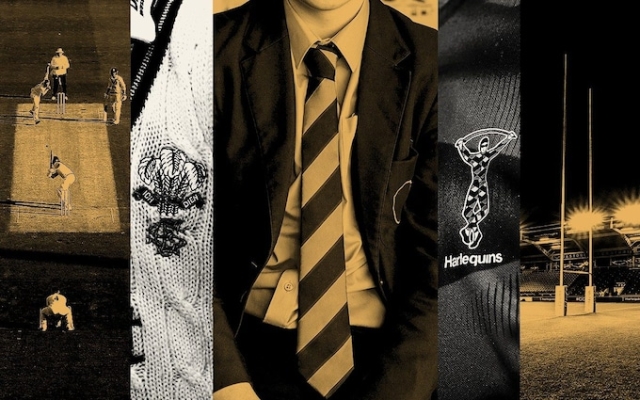 Nearly two thirds of England's Six Nations squad attended a private school at some stage of their education. Photo: User image < p>“When they turn 17 or 18, we want them to have the skill set ready to take up professional sport.”
Nearly two thirds of England's Six Nations squad attended a private school at some stage of their education. Photo: User image < p>“When they turn 17 or 18, we want them to have the skill set ready to take up professional sport.”
Looking at the untapped grounds of the Surrey enclave, Andrew Houston, sports Cranleigh's headteacher explains how the school has become one of the country's leading producers of sporting talent. Five members of the current Harlequins rugby union team were educated here; there were also four Surrey cricketers, including England Test vice-captain Ollie Pope.
These players took advantage of Cranleigh's facilities, which include an indoor cricket ground for year-round training, 13 rugby pitches, private coaching and the school's vibrant sporting culture and traditions. Cranley encourages kids to play a variety of sports rather than specialize prematurely, and young athletes often spend 15 hours a week in practices or games at school, along with strength and conditioning, one-on-one video analysis and even sports psychology. Houston believes that children seeing older people become professionals creates a “snowball effect.”
However, cricket and rugby — the two sports in which Cranleigh excels most — face similar challenges. Of the 30 English cricketers since the start of the World Cup, of whom 28 were educated locally, only 12 did not attend independent schools at all (57 per cent were privately educated). In rugby, England have selected 31 players in the Six Nations, 29 of whom were educated in the country; 19 of them (66 percent) had attended a private school at some point.
These differences are especially large in counties of origin. At Harlequins, 22 of the 34 British-educated players (65 per cent) had attended private schools at some point. Of Surrey's under-15 cricketers, 71 per cent are independently educated; among children aged 16 to 18, this figure rises to 81 percent. At senior level, this dominance is even more striking: 24 of the 27 fully-contracted Surrey men's team players were educated at private schools — 90 per cent.
These numbers tell many different stories at once. They highlight the quality and quantity of independent schools in the area: Harlequins are currently second in the Premier League; Surrey won back-to-back county titles. They show the availability of scholarships and bursaries, including for some students from low-income families. And they show that the system is not open enough to those from less elite backgrounds.
“We would be kidding ourselves if we said we could replicate the independent school environment in every school in the state,” says Steve Granger, executive director of rugby development at the Rugby Football Union. “The capacity they have simply cannot be replicated in the public sector.” When it comes to cricket matches and training, Alan Powell, national talent manager for the England and Wales Cricket Board, explains: “There is a big difference between what a 13 or 14-year-old boy can get at an independent school versus a state school. within a week.»
The new strategy to target state schools, adopted by both cricket and rugby, is to set up centers in a select number of schools across the state. It is hoped that this will allow sports teams such as Harlequins and Surrey to use their resources more effectively, thereby ultimately bringing in more public sector players.
Harlequins are developing public schools
Seventeen miles from Cranleigh, north of Woking, is Gordon's School, founded as a tribute to General Gordon. Gordon's has the curious status of being one of 36 state boarding schools in England. Funding for a regular school day is covered by the government. Fees for boarders, who live at home but often stay at school until 7.30pm, or boarders are funded either by the students' families or through means-tested scholarships.
From the main site, an overpass over a busy road leads students to the school's sports facilities. Although they are not quite comparable to Cranleigh, they also reflect that Gordon's is much better resourced than most state schools.
In 2020, Gordon's began a partnership with Harlequins, supported by Sport England's Diploma in Sporting Excellence programme. As part of the agreement, Harlequins will provide significant support to the school. They send coaches, including Jim Evans, the club's academy coach, to four sessions a week. In Year 12, Gordon's welcomes around 20 promising rugby players a year through a partnership with Harlequins; the vast majority moved from public schools. While some of these students pay tuition, a significant number receive means-tested scholarships.
“It's a pathway into public school,” says Jamie Harrison, athletic director at Gordon's. “She gives students an education, a program, she educates them. This allows them to be in a safe environment to continue their education and rugby. This is a brilliant way to do it.”
As well as academics, the program's participants benefit from a focus on rugby, which is usually seen as the preserve of elite private schools such as Cranleigh.
“Coming here you get a lot more opportunities,” says Elliott Williams, second row , who moved from state school to join Gordon last September and is set to be called up to the England Under-18 Six Nations squad. “At my old school you had one practice a week. If you were lucky, you'd get a game about once a month.»
At Gordon's, Elliott typically plays one game a week in the ACE League, a statewide high school league founded in 2009, along with three practices, three gym sessions and video analysis. Designed with the same coaches at both school and club, the program is designed to complement his training at Harlequins so he can work on similar skills and train more easily after games: «It's all on the same page.»< /p>
Of the 20 Lower Sixth Form students currently on the programme, 12 are members of the Harlequins Academy: an outstanding third of the entire cohort. Since the scheme launched four years ago, it has produced five players who have gone on to play professional rugby, effectively offering an alternative route into the game to the route through private schools. “If those five boys hadn't gone to Gordons and stayed where they were, there's a very good chance they wouldn't be contract players at Harlequins now,” says academy coach Evans.
< “I know a lot of boys in the program who wouldn't be able to come here if they had to pay,” Williamson says. “The program is a very good way to get people here and then help them keep going and moving forward because I don't think they can do that in the public school they were in before.”
“If you look at our team, a lot of the players wouldn't be in the academy now if they hadn't come here.”
For Harlequins, the scheme “checks so many boxes for us. says Evans. Boys “are definitely moving up the career ladder with more time to socialize and more opportunities.”
“Now there is an additional development tool. No matter which school you go to, you can potentially go to Gordon's and continue your development for two more years.»
The concentration of talent at Gordon's «drives the group» and enhances standards.< /p>
Across the country, 14 public schools now have partnerships with professional teams, similar to Harlequins' with Gordon. Harlequins intend to extend the scheme to a couple of other schools, one each in Surrey and Sussex, increasing the number of boys who will be able to access such a program within a reasonable commute.
Cricket looks to national schemes
This Saturday 56 Year 12 boys and girls will arrive at the England National Cricket Center at Loughborough University. There, players will spend a weekend of high-quality training, as well as sessions on strength and conditioning, nutrition and psychology.
All players are Certified Sportsmen of England and Wales Cricket Board; it is funded in partnership with Sport England. Since September 2022, each year the ECB has partnered with just under 60 players from public schools who are considered the best outside of top academies.
“The key here is to make sure we have multiple entry points along the way and help even later developers get into the game,” explains Powell, the ECB's national talent manager. “The thought was how can we provide additional support to players who are in public schools.” For those without access to private schools, the program aims to «try to bridge the gap».
While Gordon's has become a hub for the state's top schoolboy rugby players, the cricket circuit is more fragmented, with a 56-strong cohort spanning the country, with more support at academy level than in schools.
» We won’t have a school with 10 of them,” Powell notes. “That’s our challenge – how can we scale it up. It would be great to have a “centralized” model and a number of public partner schools.”
The ECB is currently considering the most efficient path forward; this could involve school partnerships similar to the rugby model. Last September, pilot programs were launched in South Gloucestershire, Stroud College and Brighton Aldridge Community Academy, where county coaches work closely with cricketers at the school, similar to the Gordons and Harlequins programs.
Allegedly perfect solution. there would be one public school hub, like Gordon's in rugby, in all 39 national or first-class counties, or at least all 18 first-class teams. The problem will be how to finance it.
Some districts are already working on developing versions of such partnerships themselves. Last year, Surrey launched a state school sixth form cricket program. From September next year it will have 12 partner schools. The club sends coaches to partner schools to train professional players.
«This is an attempt to address the imbalance between the public sector and the independent sector,» says Chris Taylor, Surrey's head of human resources. “We know the playing field is not fair and level.” As with the link between Harlequins and Gordons, there will be overlap between school and professional team coaches. If players can get enough support within the public system, they should benefit from one particular benefit, as both Powell and Taylor point out: having more time to play senior cricket on the weekends. In sports, playing with older children accelerates skill development.
But while better programs for the most talented athletes in the later school years are important, both cricket and rugby also recognize the need to expand their talent pools at earlier ages. Indeed, participants hope that these cricket and rugby initiatives will inspire younger students in the same schools.
To highlight the early stages of their journey, last year Surrey changed the system for nominating players for the academy: instead of being nominated by a club or school, players now simply submit short videos of themselves. «We have some amazing videos of people in farmers' fields, gardens, bowling alleys, campgrounds, and grandparents,» Taylor says.
The issue of early access to the game is especially important for batsmen in cricket. Since height and physique are crucial for both bowlers and rugby players, professional careers are more open to those who develop later. But those who do not get enough practice at a relatively young age are unlikely to become professional batsmen; post-World Cup, Ben Stokes is the only man England selected as a specialist batsman who did not attend an independent school.
Under the scheme, piloted in Hampshire, children are given extra training and matches early in their journey. if they study in public schools. “How can we bridge the gap in terms of players getting this offer?” asks Powell. The ECB also believes that part of the answer could be to host more regional events for younger ages, reducing the role of schools in providing players with playing and training time.
Private and public schools can thrive together
This is one of many questions being asked in sports about how to increase access. In April, a cross-sport workshop will look at the most effective ways to ensure regional age group teams are accessible to all players. This is a particular problem for cricket, where provision of equipment and training is more expensive than provision of rugby. The cricket academy usually charges fees from parents. Eliminating all costs — such as tuition, travel and equipment — for each child in such a system is attractive, but will have some undesirable consequences: each cohort will have to become smaller. One possibility is that residents of deprived areas could be automatically offered financial support or free equipment without even having to ask.
Despite the tendency to pit the state and independent school sectors against each other, those who develop talent in both cricket and rugby take a different view. Their job is simply to maximize the amount of talent that enters the professional game.
“We need to be committed to both sectors,” says the RFU's Grainger. “We want to really improve inclusivity and diversity in rugby. We also need to recognize that some of our more established schools have incredible rugby facilities, coaching and facilities, and we need to support and grow the game there as well.”
The war for talent between top private schools can be brutal. At Cranleigh, sports scholarships are only a five per cent discount, but applying for a scholarship opens the door to applying for means-tested scholarships. In some cases they may cover full tuition fees, although this is relatively rare: in the independent sector only one per cent of pupils pay nothing. “It allows everyone to have access to Cranleigh and I believe in that,” says Houston.
While scholarships will only benefit a lucky few, private schools are doing more to share their facilities, especially during extended periods period of study. holidays represent another potential way to improve access to cricket and rugby. Cranleigh is used as one of the MCC Foundation's centers for state school girls; Gardener Cranley also works at the local public school. “We have a moral obligation to open the school,” Houston says. “We try to keep it as inclusive as possible.”
In sport and beyond, schools like Cranleigh will continue to thrive. But in both cricket and rugby, the long-term health of the game depends on creating alternative routes to the top.














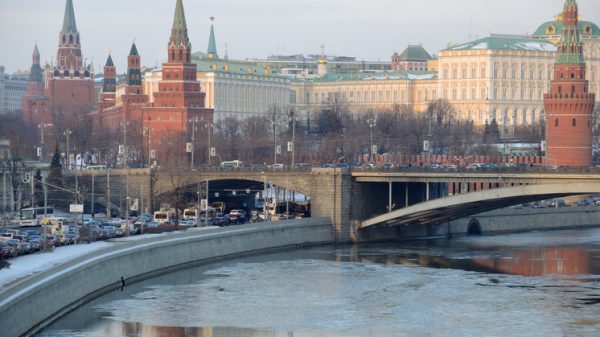
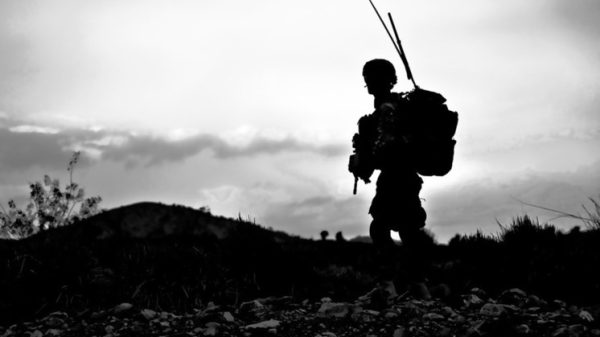


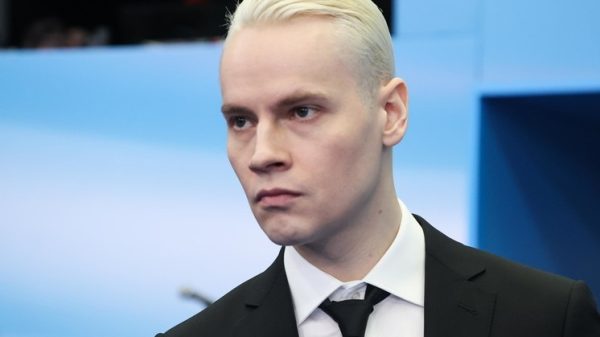

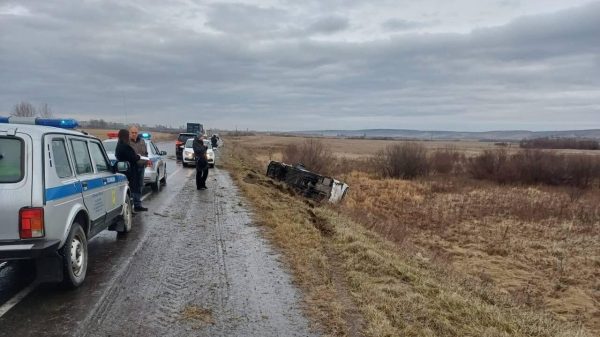
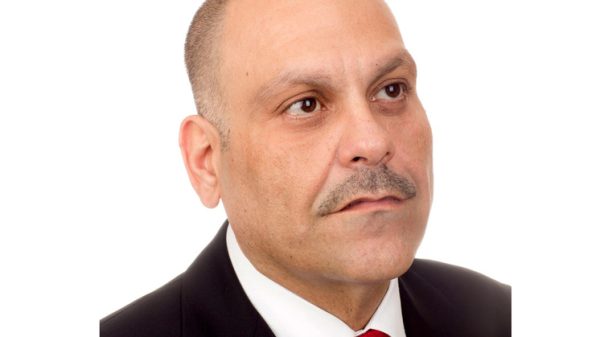



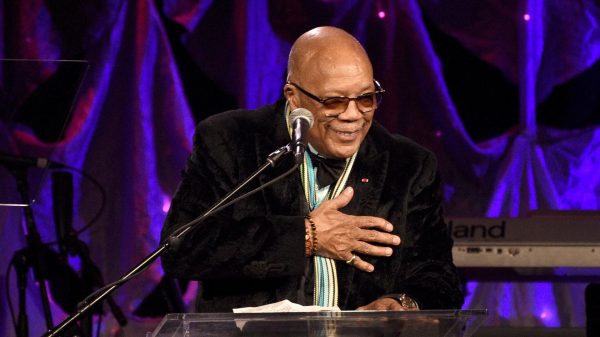
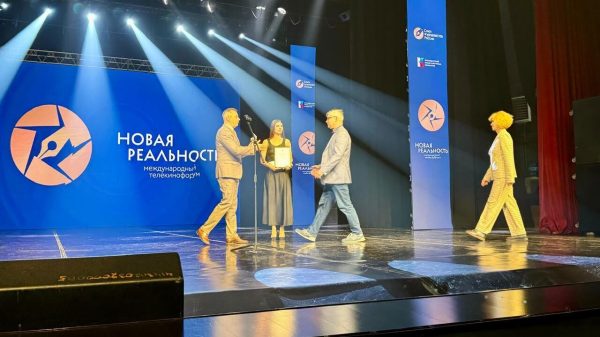
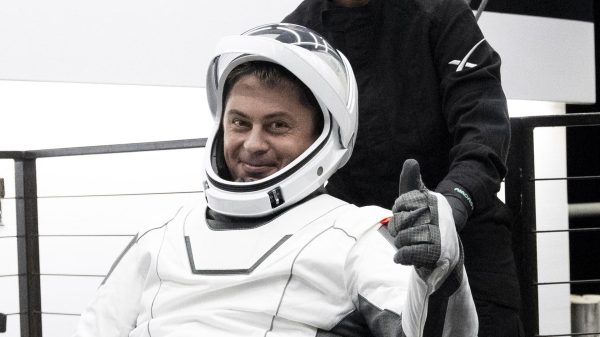

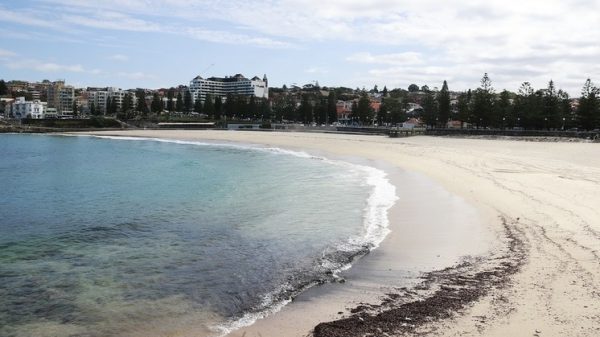





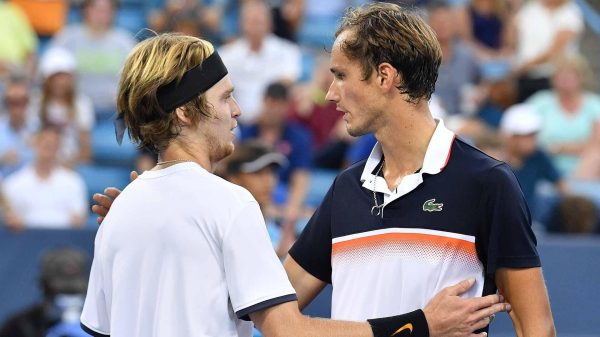
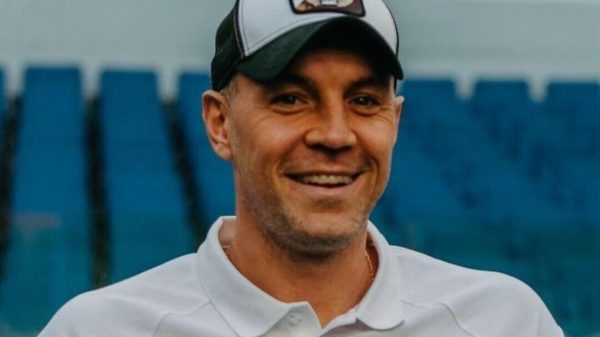





















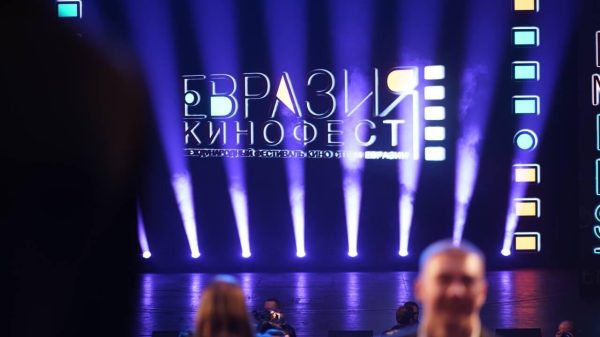
Свежие комментарии